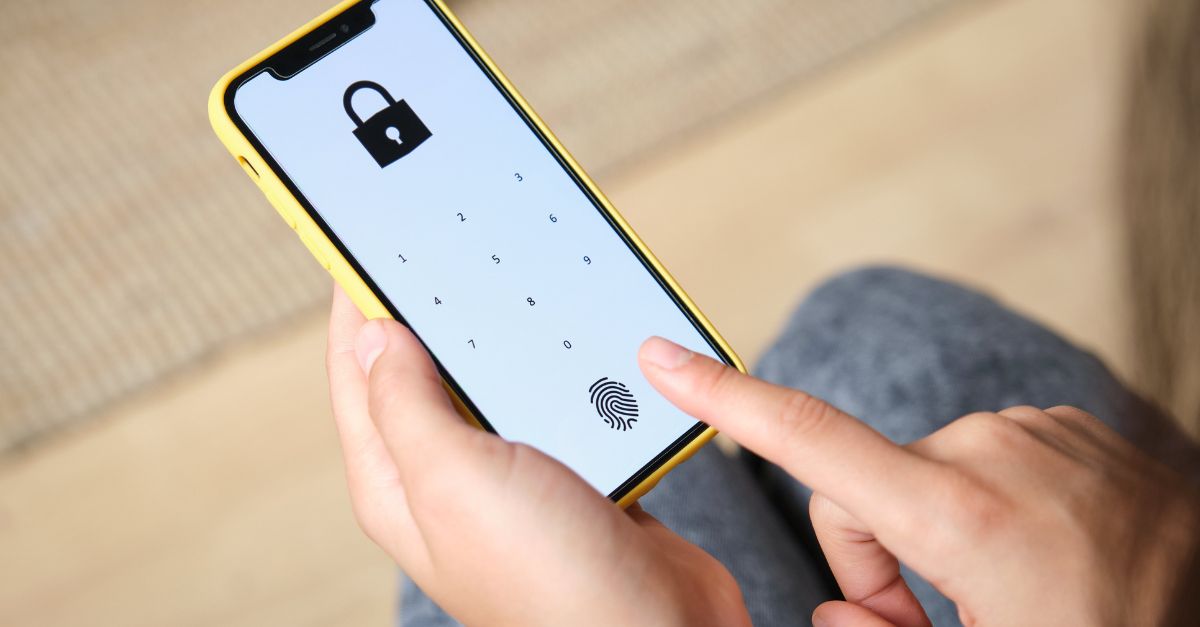The importance of wireless network security cannot be understated. With the proliferation of mobile devices and the popularity of public Wi-Fi hotspots, the potential for data breaches and other cybersecurity threats has increased exponentially.
While there are many different steps that can be taken to secure a wireless network, these 12 best practices are essential for ensuring that your data and devices are safe from malicious actors.
1. Enabling Two-Factor Authentication (2FA)
Two-factor authentication adds an extra layer of security to the login process. It requires users to enter both a username and password, as well as a code that is generated by an authenticator app. This makes it more difficult for someone to gain unauthorized access to the network.
To enable two-factor authentication, access the wireless router's configuration page and enable the feature. Be sure to download an authenticator app such as Google Authenticator or Authy and have it available when logging in.
You can also consider using passwordless authentication like cloud radius for even more robust protection. This is an important best practice because if someone does manage to get a hold of your password, they'll be able to access your network. By using a cloud-based solution, you can be sure that only authorized users will be able to access your network.
2. Using A Strong Password
Using a strong password is one of the most important best practices for wireless network security. A strong password is at least eight characters long and includes a mix of upper- and lower-case letters, numbers, and symbols. Passwords should be changed regularly to ensure that they remain secure.
3. Encrypting Data
Encrypting data is another important best practice for wireless network security. Data encryption scrambles data so that it can only be decrypted and read by authorized users. This helps to protect sensitive information from being accessed by unauthorized individuals.
Encryption can be implemented in a number of ways, including through the use of encryption software, hardware, or services. Make sure that employees are aware of the importance of encrypting sensitive data and that they know how to properly encrypt files.
4. Disabling SSID Broadcast
Disabling SSID broadcast is another best practice for wireless network security. When SSID broadcast is enabled, it allows anyone within range of the wireless network to see the network's name. You can disable SSID broadcast by accessing the wireless router's configuration page and disabling the SSID broadcast feature.
The goal is to make it more difficult for unauthorized individuals to connect to the network. The SSID can still be seen if someone is within range of the network and uses a wireless network scanner, but it will not be as easily accessible.
5. Using MAC Filtering
Using MAC filtering is another best practice for wireless network security. MAC addresses are unique identifiers assigned to devices that connect to a network.
By allowing only devices with specific MAC addresses to connect to the network, you can help to prevent unauthorized access. MAC filtering can be implemented by accessing the wireless router's configuration page and adding the MAC addresses of devices that are allowed to connect to the network.
6. Enabling WPA3 Security
Enabling WPA3 security is another best practice for wireless network security. WPA3 is the most recent and most secure wireless security protocol. It provides stronger protection than WPA2 and should be used whenever possible.
When shopping around for a router, make sure to look for ones that support this most recent security protocol. Earlier protocols were easier to compromise, so it is important to make sure that WPA3 is enabled.
7. Using A VPN
Using a VPN is another best practice for wireless network security. A VPN encrypts all traffic between a device and the VPN server, making it more difficult for someone to eavesdrop on the connection. This is especially important when using public Wi-Fi networks, as they are often less secure than private ones. Be sure to only use VPNs from trusted providers and make sure that employees are aware of the importance of using a VPN when working remotely.
8. Disabling Remote Administration
Disabling remote administration is another best practice for wireless network security. When remote administration is enabled, it allows anyone with the proper credentials to access the router's configuration page and make changes to the network. This can be a security risk, as it allows unauthorized individuals to potentially gain access to the network. To disable remote administration, access the wireless router's configuration page and disable the feature. This will help to prevent unauthorized access to the network.
9. Changing The Default Password
Changing the default password is another best practice for wireless network security. Many routers come with a default password that is easy to guess. This can be a security risk, as it allows unauthorized individuals to potentially gain access to the network.
To change the default password, access the wireless router's configuration page and change the password to something that is more difficult to guess. Be sure to choose a strong password that is at least 8 characters long and includes a mix of upper and lowercase letters, numbers, and symbols.
10. Using A Firewall
Using a firewall is another best practice for wireless network security. A firewall helps to protect the network by blocking incoming traffic that is not authorized. This can be especially important in preventing attacks from malware and other malicious software.
To use a firewall, access the wireless router's configuration page and enable the feature. There are typically two types of firewalls: network-based and host-based. Network-based firewalls are typically used in business environments, while host-based firewalls can be used on individual devices.
11. Disabling UPnP
Universal Plug and Play (UPnP) is a protocol that allows devices to automatically discover and connect to each other. This can be a security risk, as it allows unauthorized devices to potentially gain access to the network. To disable UPnP, access the wireless router's configuration page and disable the feature. You can also disable UPnP on individual devices by accessing the settings menu.
12. Disabling Unnecessary Services
You often find that routers come with a number of unnecessary services enabled. These can be a security risk, as they can provide potential attackers with information about the network. To disable unnecessary services, access the wireless router's configuration page and disable any services that are not needed. This will help to reduce the attack surface of the network. Common unnecessary services include things like telnet, SSH, and HTTP.
Conclusion
Implementing these best practices for wireless network security is important in order to protect the network from potential attacks. By disabling unnecessary services, changing the default password, and enabling two-factor authentication, you can help to make it more difficult for unauthorized individuals to gain access to the network.
Additionally, using a firewall and disabling UPnP can also help to protect the network. By following these best practices, you can help to ensure that your wireless network is secure.







